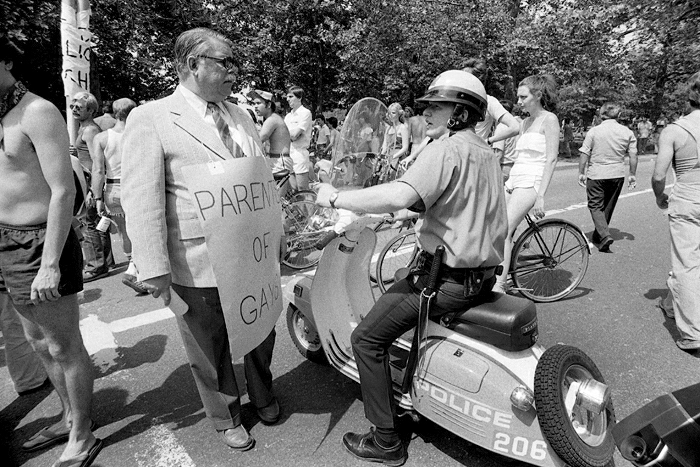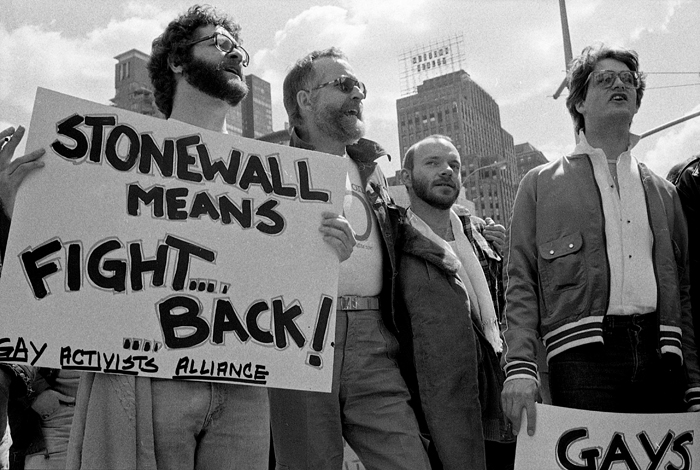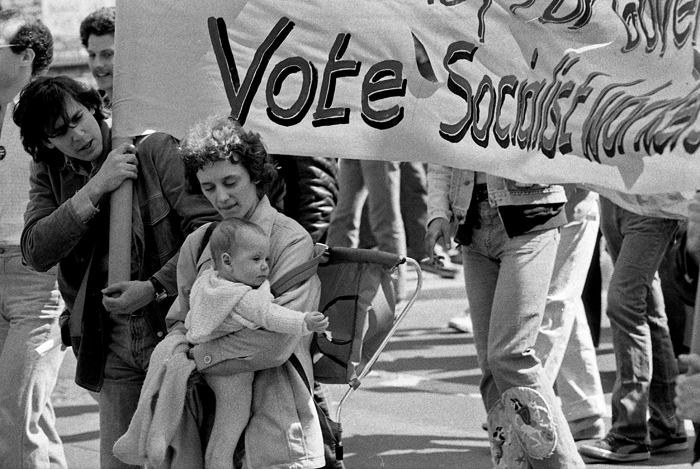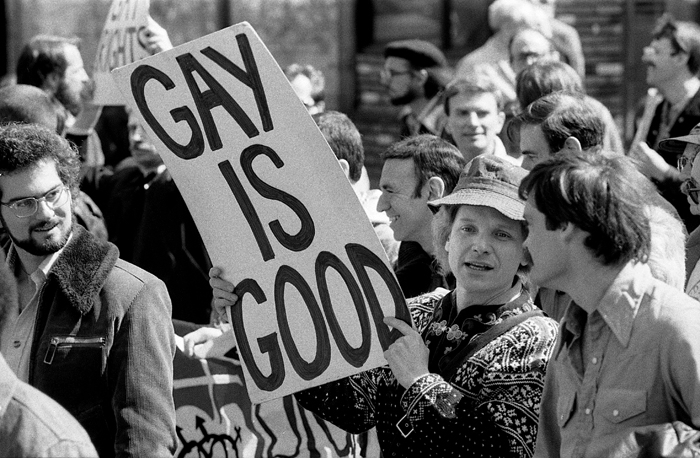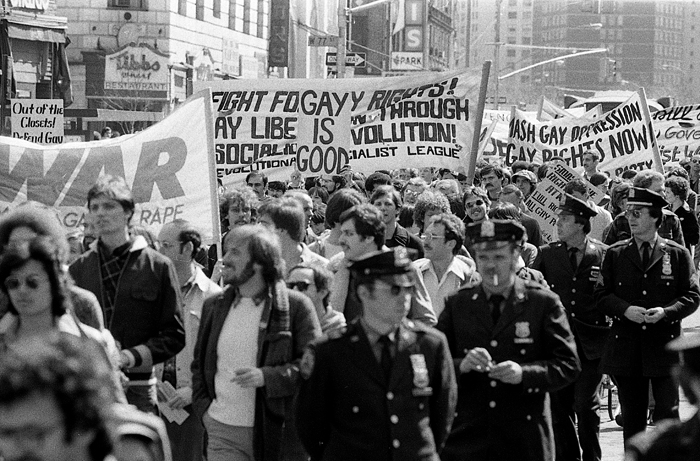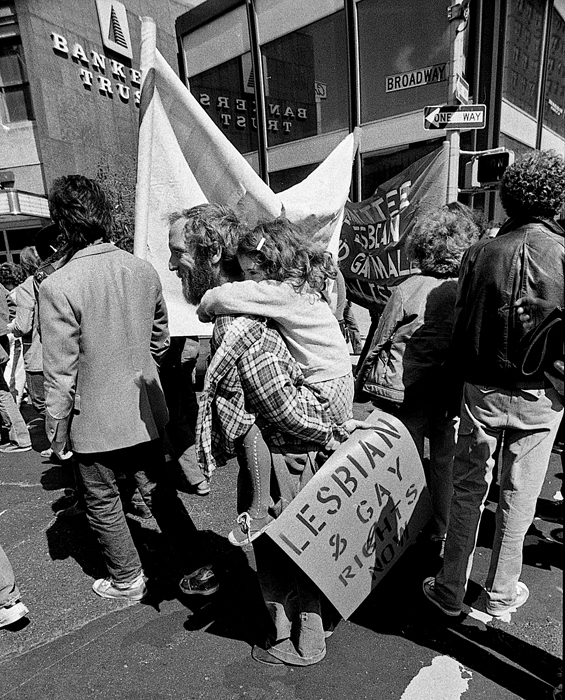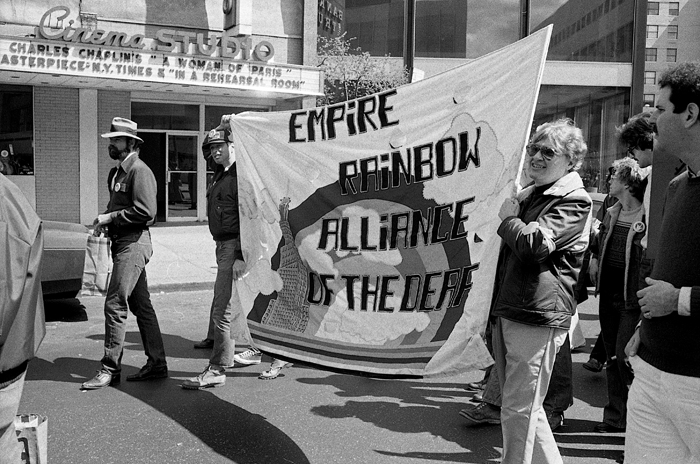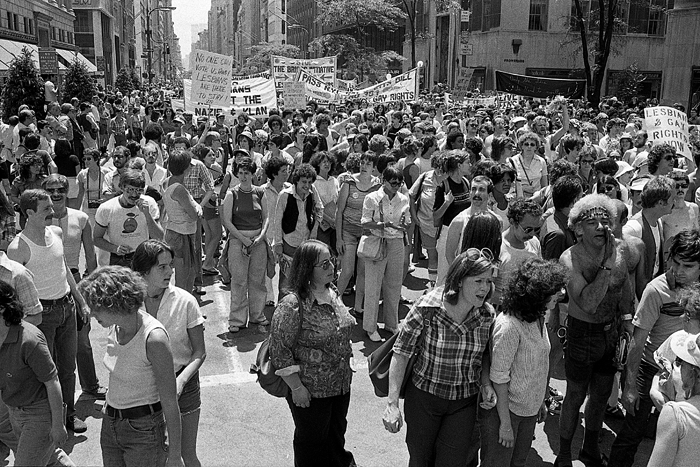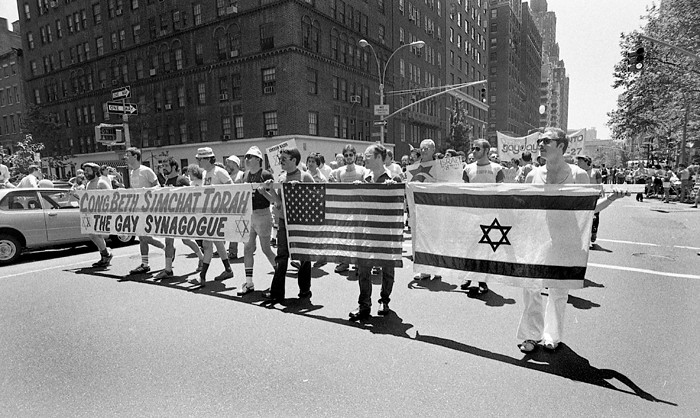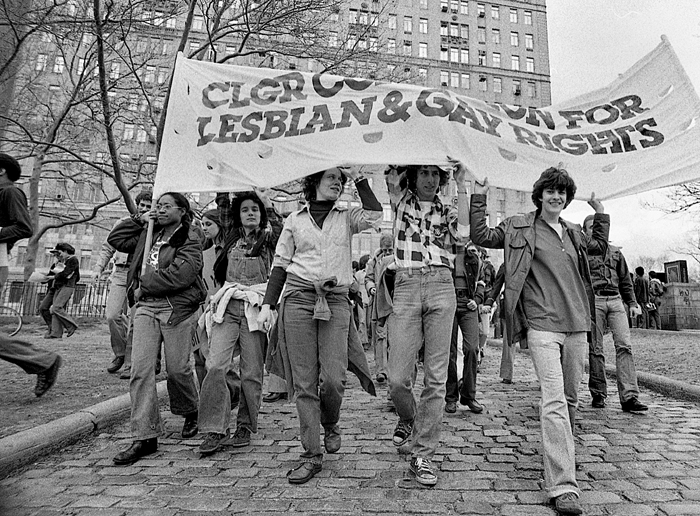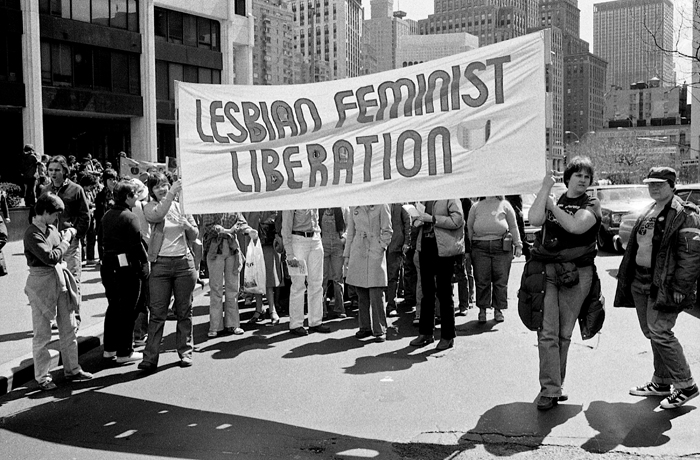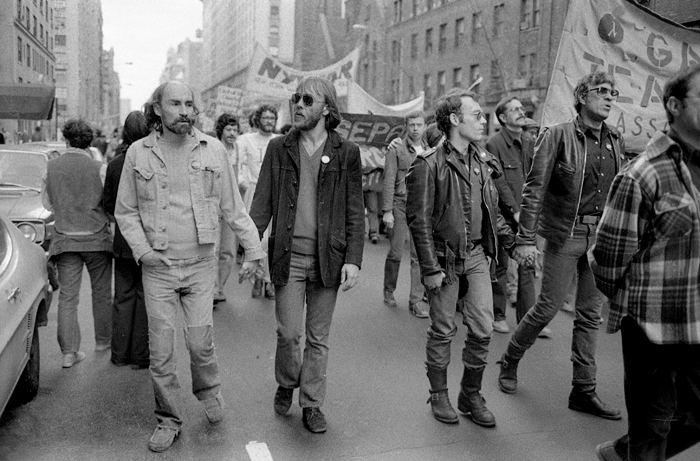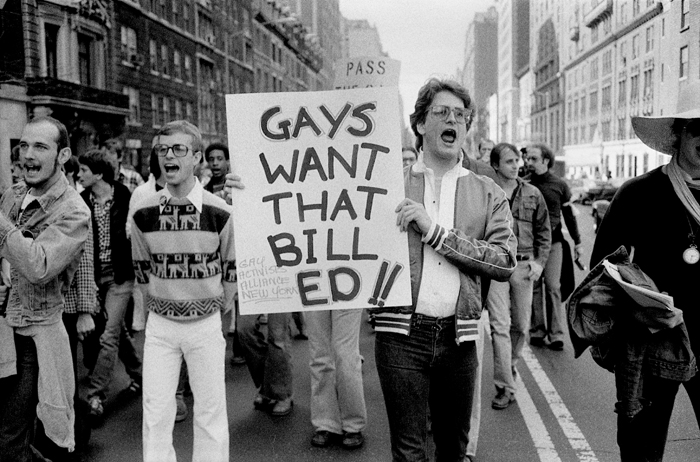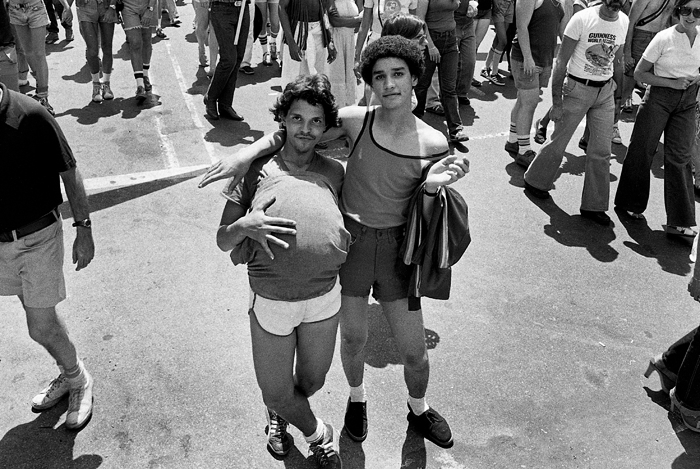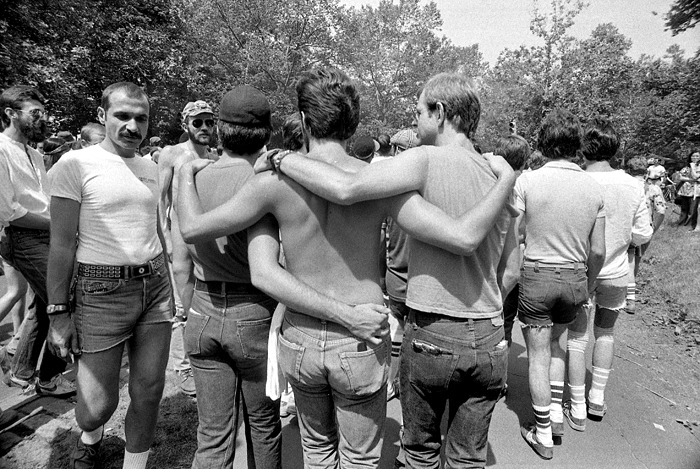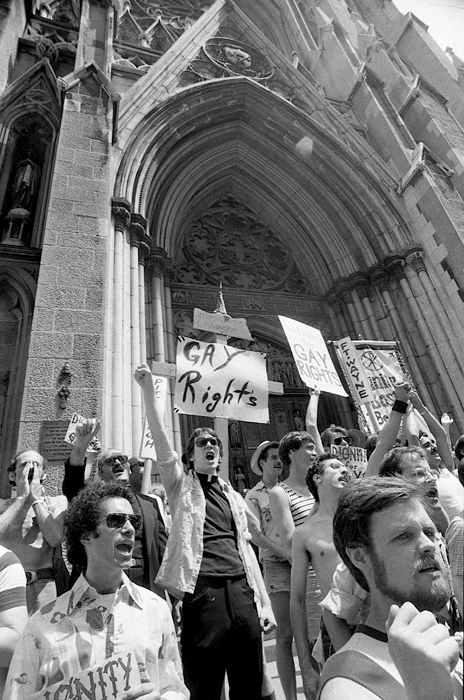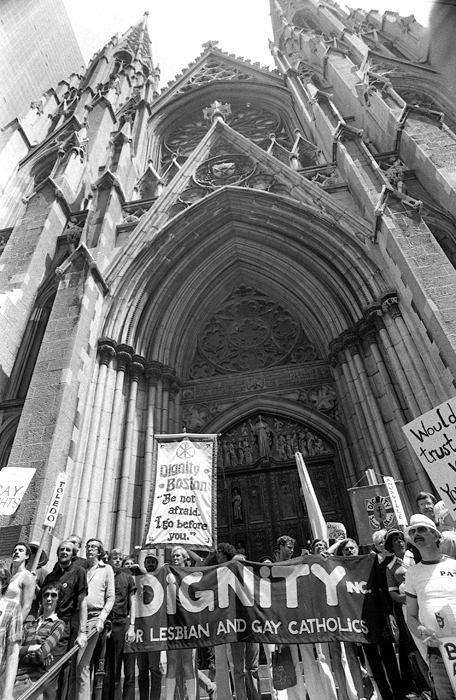“My biggest fear was that I would get arrested. My second biggest fear was that my picture would be in a newspaper or on a television report in my mother’s dress!”
– Maria Ritter
In the small hours of 28 June 1969, police invaded the Stonewall Inn at 51 and 53 Christopher Street, in New York City’s Greenwich Village. The 205 customers were order to leave. They did not go quietly.
The police and the State’s laws they upheld without question had it coming. “Why don’t you guys do something?” asked an innocent as she was pushed into a police van. People who were allowed to be themselves at the Stonewall Inn, who had no other place to go, stood on the street. They needed direction. Some arrived.
What happened next is a little vague. Was a brick, bottle or stone thrown at the police? Whatever was the catalyst for six nights of bleeding, the trigger was the law that made the wrong kind of love between consenting adults a crime.
Back then the city’s police could and did arrest anyone for same-sex “crimes against nature”. Gay sex is love. Why fear it? But it 1969 it was illegal for gay men and woman to serve in the military or work for the Government. In 1950, a Senate investigation noted: “It is generally believed that those who engage in overt acts of perversion lack the emotional stability of normal persons… sex perverts in Government constitute security risks.” In case you slipped though the net, the FBI kept a list of all known homosexuals. Yeah, for research purposes.
Via: Manel Armengol
Would you like to support Flashbak?
Please consider making a donation to our site. We don't want to rely on ads to bring you the best of visual culture. You can also support us by signing up to our Mailing List. And you can also follow us on Facebook, Instagram and Twitter. For great art and culture delivered to your door, visit our shop.
